SLUA778A June 2016 – July 2016 UCC21520 , UCC21520-Q1 , UCC21540
3 UCC21520 Dynamic Characteristics
To evaluate the dynamic characteristics of the UCC21520, propagation delay, propagation delay matching and pulse width distortion performance are tested through different VDD voltage and temperature corners. For definition of these parameters, please refer to UCC21520 datasheet.
Figure 3 and Figure 4 show the propagation delay measurement data with temperature and VDD voltage corners. It can be seen that the propagation delay is independent of VDD voltage, and the typical propagation delay is less than 20 ns across wide temperature range, which helps to improve system response for high frequency applications, for example, timing control of zero voltage switching (ZVS), fast response for system protection, etc.
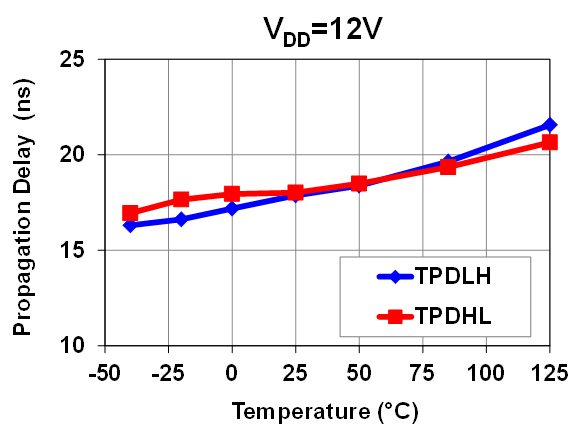 Figure 3. Propagation Delay vs. Temperature
Figure 3. Propagation Delay vs. Temperature 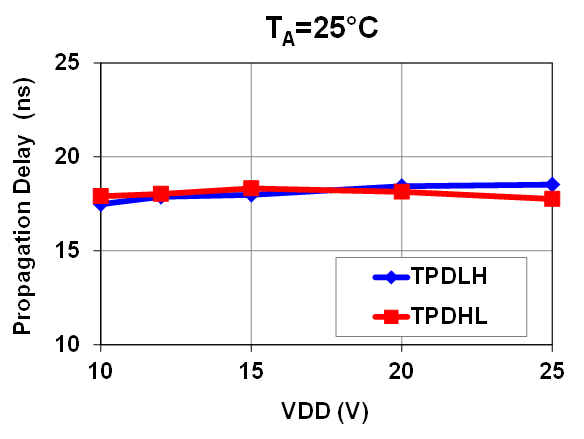 Figure 4. Propagation Delay vs. VDD
Figure 4. Propagation Delay vs. VDD Figure 5 and Figure 6 show the propagation delay matching measurement data at temperature and VDD voltage corners. It can be seen that the delay matching at both the rising and falling edges is less than 2 ns within wide temperature and VDD ranges, which does help the channel parallel performance to drive large capacitance load.
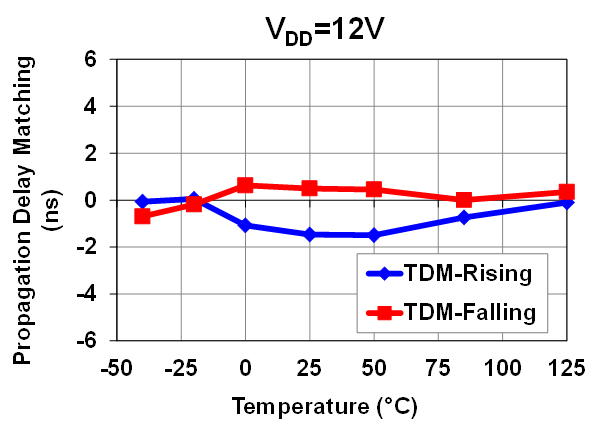 Figure 5. Propagation Delay Matching vs. Temperature
Figure 5. Propagation Delay Matching vs. Temperature 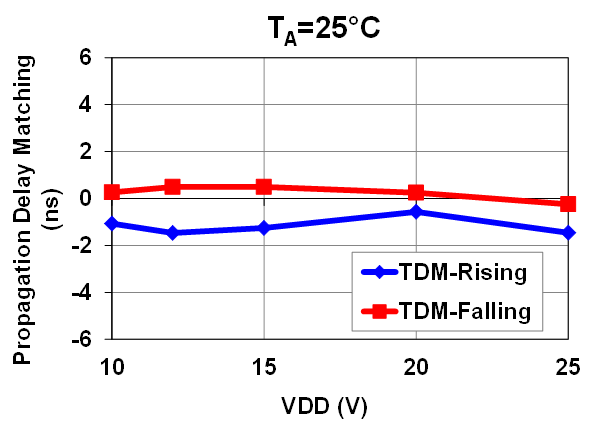 Figure 6. Propagation Delay Matching vs. VDD
Figure 6. Propagation Delay Matching vs. VDD Figure 7 and Figure 8 shows the pulse width distortion (PWD) measurement data, and it is less than 1 ns through all the temperature and VDD voltage corners. Low PWD does help deliver the correct and precise response with the given input signal, and maintain stable system operation.
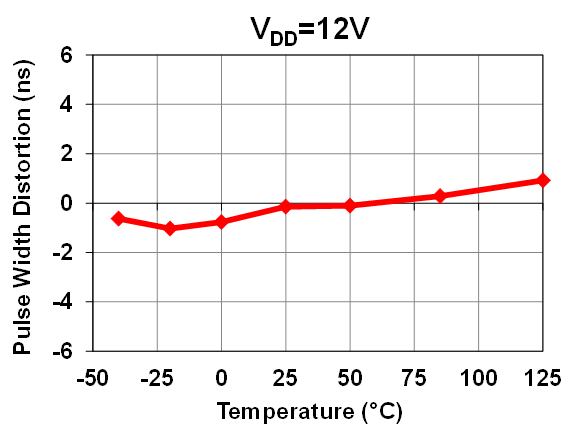 Figure 7. PWD vs. Temperature
Figure 7. PWD vs. Temperature 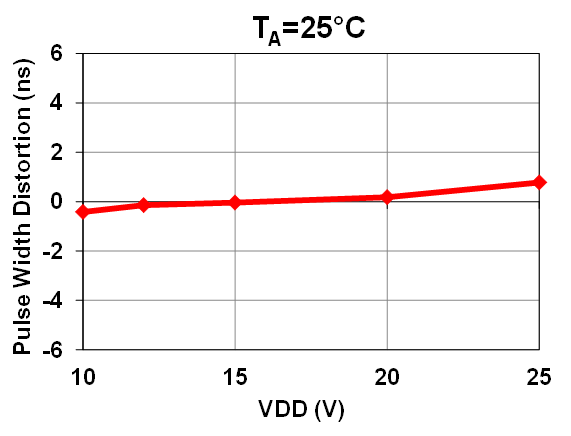 Figure 8. PWD vs. VDD
Figure 8. PWD vs. VDD In summary, low propagation delay, low propagation delay matching and low pulse width distortion does position the UCC21520 as the best-in-class gate driver with the best-in-class dynamic response. It is important to note that less than 2-ns propagation delay matching help to parallel the two output channels, double the gate drive strength and increase the versatility of the UCC21520 for a variety of applications.